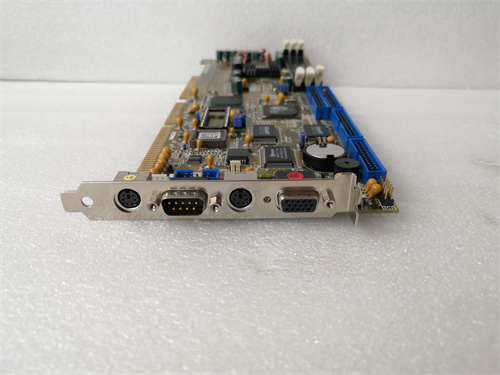0, 46019
Business Type:
Manufacturer/Factory & Trading Company
Business Range:
Power Cable,Building Wire,AAC,AAAC,ABC,ACSR,
Management System Certification:
Terms of Payment:
LC, T/T, D/P
OEM/ODM Availability:
Yes
Trial Member
5 years
Audited Supplier















